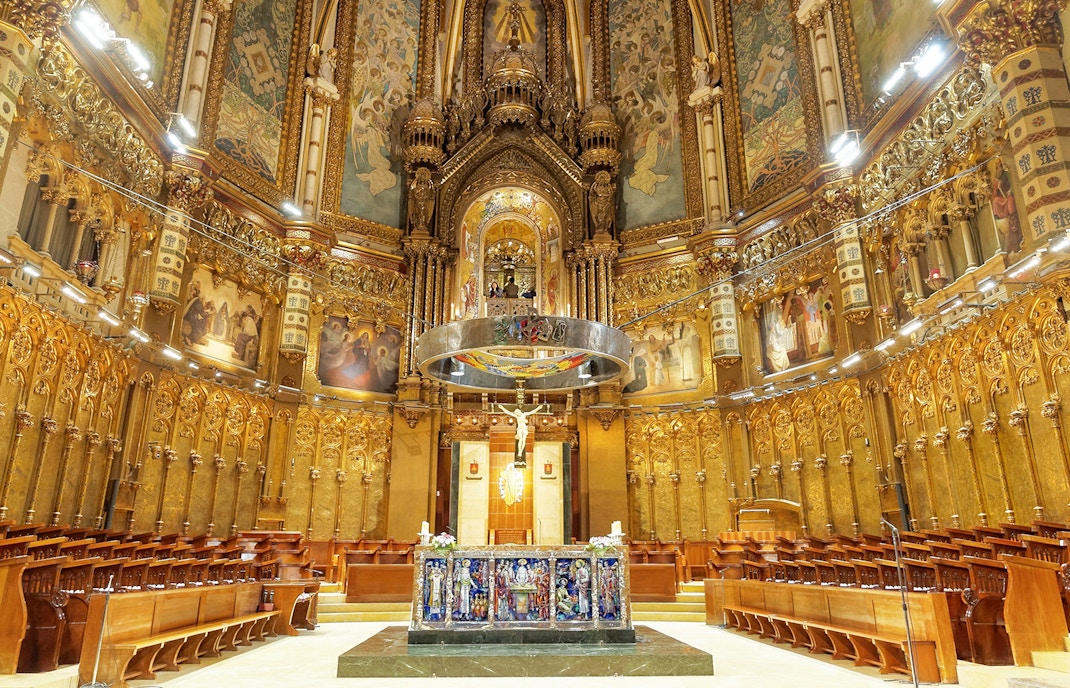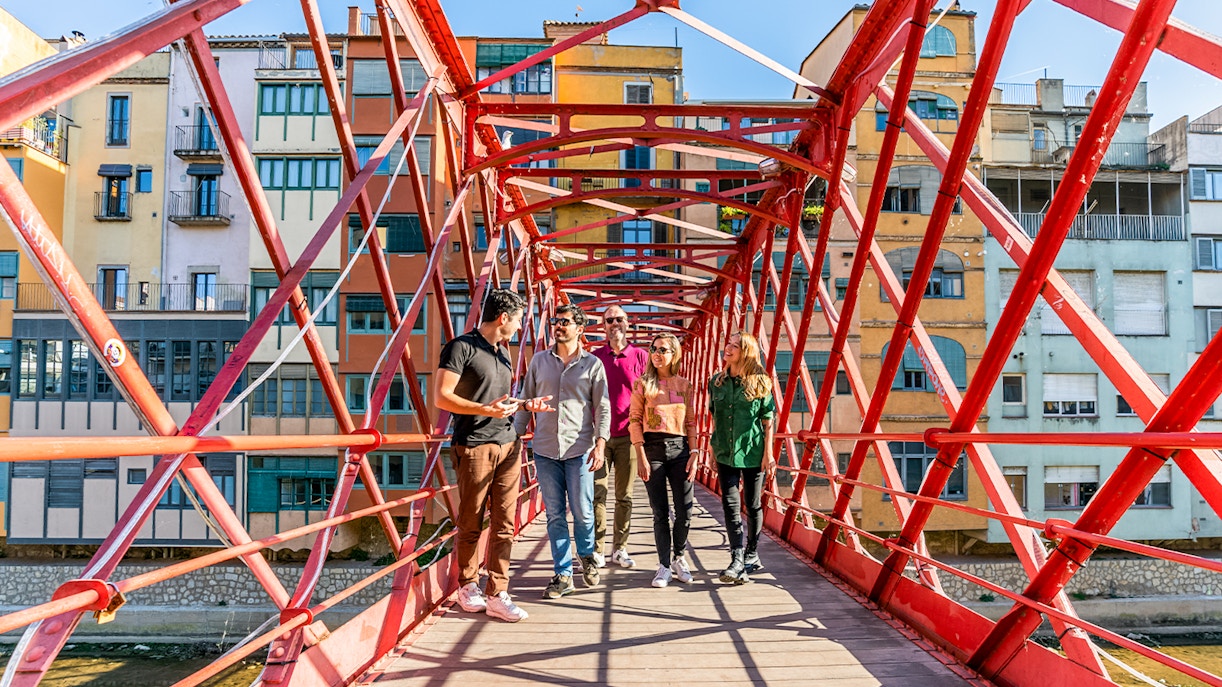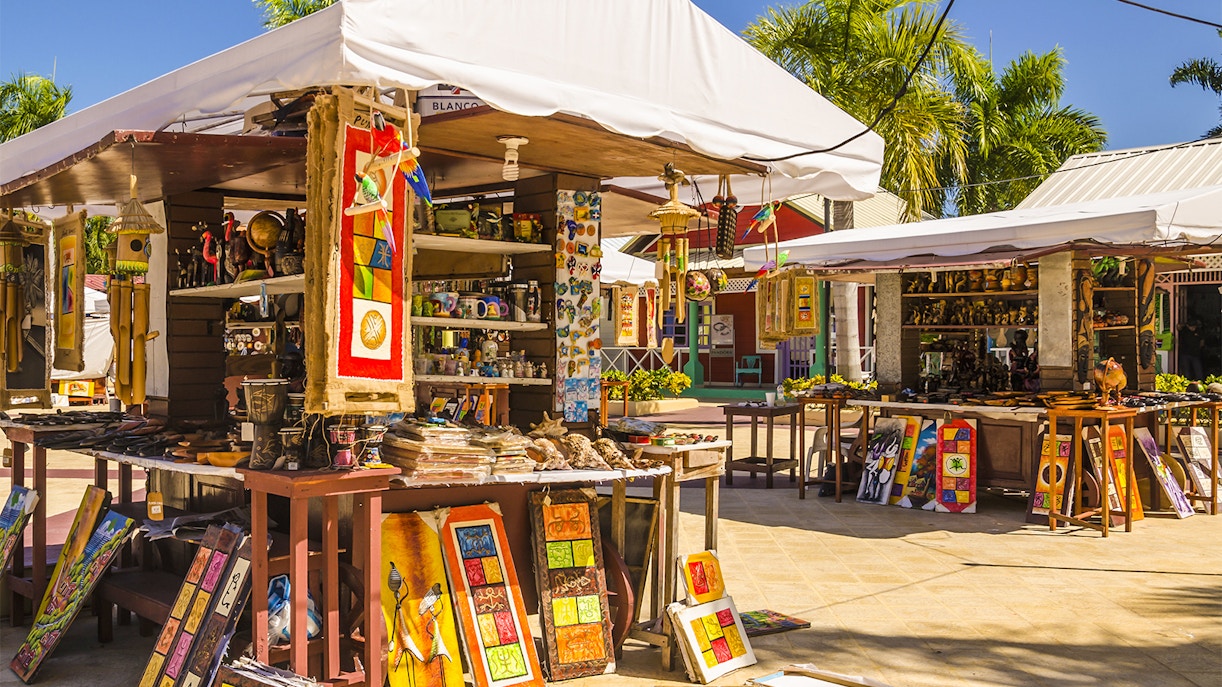According to legend, in 880, a group of shepherds saw blinding light coming out of a cave and heavenly music playing all around. When they approached the cave, they found a statue of the Virgin Mary. A small chapel was established there in the late 9th century, known as Santa Cova, situated a short hike away from Montserrat Monastery today. Soon, word of the healing powers and blessings of the Virgin spread and pilgrims were pouring in.
Montserrat Monastery history explained
As Montserrat is the namesake of Montserrat Monastery, here is a closer look at the history of this iconic and sacred destination.
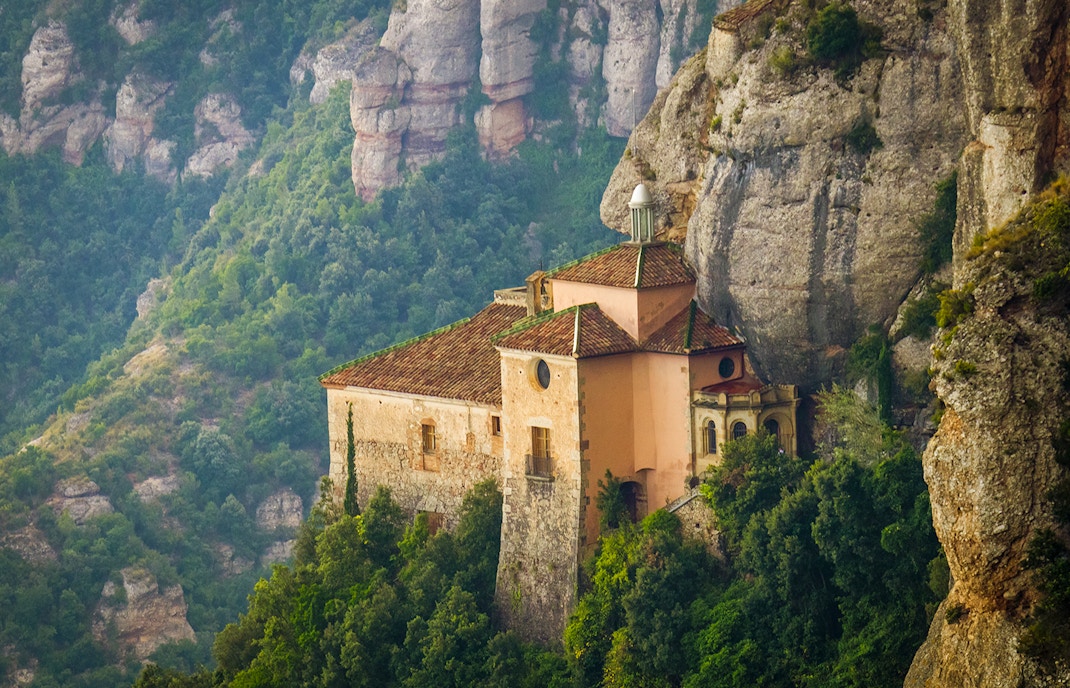
Origins
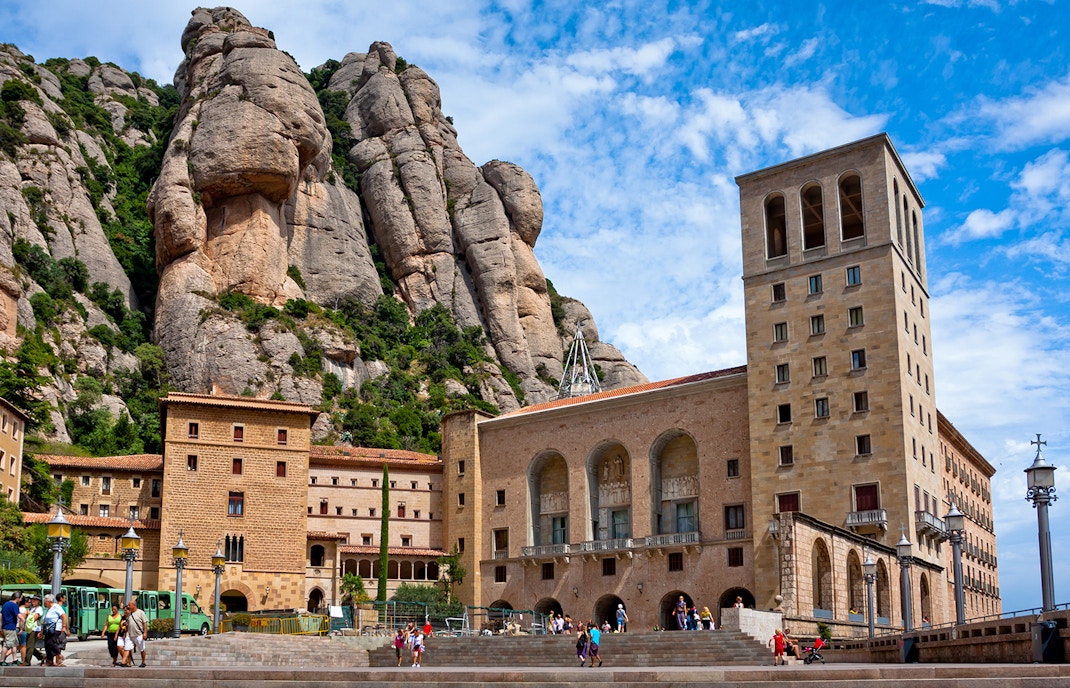
Founding of Montserrat Monastery
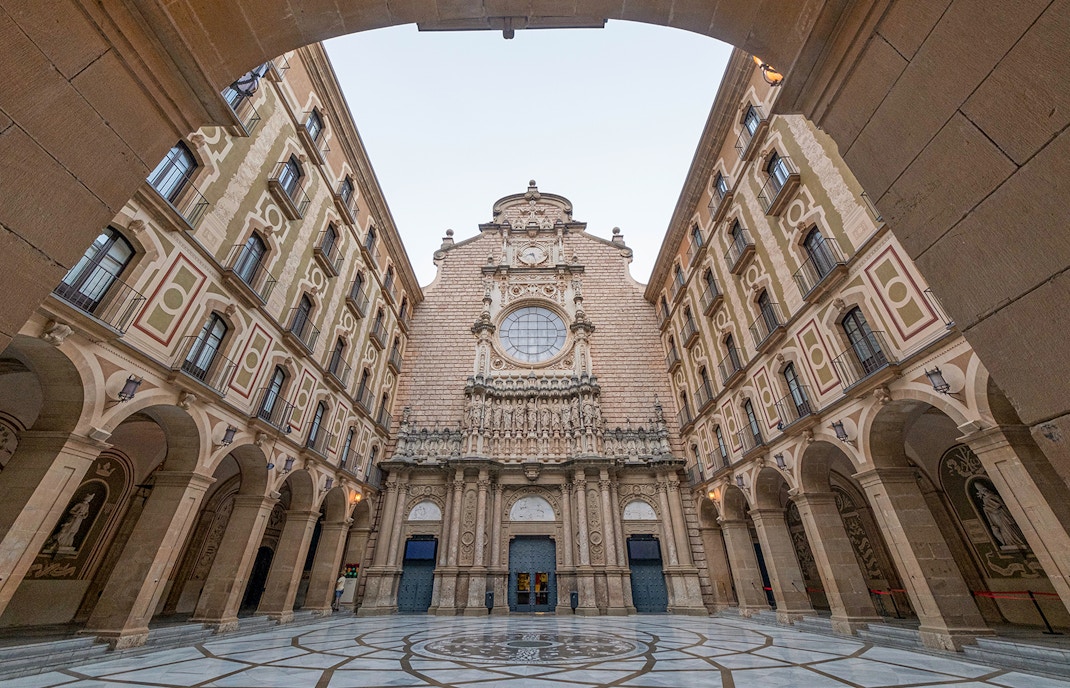
Napoleon's Invasion
